| Collection of Sources of the Institute for the History of Natural Sciences of the Chinese Academy of Sciences | ||
|
|
||
| <i>Schreck, Johann Terrenz; Wang Zheng</i>, <b>Yuan xi qi qi tu shuo lu zui</b>, <span>1830</span> | ||
|
|
||
|
Preface dated 1627. Newly carved edition printed 1830.
In the early 17th century, Jesuits began to introduce European knowledge on mechanics to China, where this knowledge was partly modified when it was merged with the Chinese tradition. Yuanxi Qiqi Tushuo Luzui ("Collected diagrams and explanations of wonderful machines from the far west"), jointly written by the Johann Terrenz Schreck and Wang Zheng in 1627, is the first monograph on Western mechanics that was ever compiled in Chinese. It is therefore an outstanding document in the history of Chinese science and its interaction with western science. In order to introduce the science of mechanics to China, the two authors of the Qiqi Tushuo were jointly working on a Chinese presentation of western knowledge and machines from Archimedian time to the early 17th century, thereby merging the traditions of the two cultures. It has long been an open question of research which European sources the authors of ther Qiqi Tushuo based their work on. The ECHO framework constitutes an ideal enviroment for addressing this kind of questions and for representing the answers by linking the passages of a Chinese text to passages in a European text that served as a source. The web representation of the Qiqi Tushuo is part of a larger project aiming at a digitization of historical sources of Chinese mechanics. It is jointly conducted by the Partner Group of the Max Planck Institute for the History of Science at the Institute for the History of Natural Sciences of the Chinese Academy of Sciences , the Institute for the History of Natural Sciences of the Chinese Academy of Sciences, the Max Planck Institute for the History of Science, and assisted by Bejing Formax CO., LTD. Further important historical sources of Chinese Mechanics will be represented in the same way.  Source information Source information
Further information:
|
Collection of Sources on Chinese Mechanical Knowledge and its Relation to European Science | |
|
|
||
|
Preface dated 1627. Newly carved edition printed 1830.
In the early 17th century, Jesuits began to introduce European knowledge on mechanics to China, where this knowledge was partly modified when it was merged with the Chinese tradition. Yuanxi Qiqi Tushuo Luzui ("Collected diagrams and explanations of wonderful machines from the far west"), jointly written by the Johann Terrenz Schreck and Wang Zheng in 1627, is the first monograph on Western mechanics that was ever compiled in Chinese.
It is therefore an outstanding document in the history of Chinese science and its interaction with western science. In order to introduce the science of mechanics to China, the two authors of the Qiqi Tushuo were jointly working on a Chinese presentation of western knowledge and machines from Archimedian time to the early 17th century, thereby merging the traditions of the two cultures.
It has long been an open question of research which European sources the authors of ther Qiqi Tushuo based their work on. The ECHO framework constitutes an ideal enviroment for addressing this kind of questions and for representing the answers by linking the passages of a Chinese text to passages in a European text that served as a source.
The web representation of the Qiqi Tushuo is part of a larger project aiming at a digitization of historical sources of Chinese mechanics. It is jointly conducted by the Partner Group of the Max Planck Institute for the History of Science at the Institute for the History of Natural Sciences of the Chinese Academy of Sciences , the Institute for the History of Natural Sciences of the Chinese Academy of Sciences, the Max Planck Institute for the History of Science, and assisted by Bejing Formax CO., LTD. Further important historical sources of Chinese Mechanics will be represented in the same way.
 Source information Source information
 Permanent URI:http://echo.mpiwg-berlin.mpg.de/MPIWG:UZ6G8B7F Permanent URI:http://echo.mpiwg-berlin.mpg.de/MPIWG:UZ6G8B7F
|
||
|
|
||
 Wang, Qi 王圻, San cai tu hui 三才圖會 106卷,
Wang, Qi 王圻, San cai tu hui 三才圖會 106卷, 
